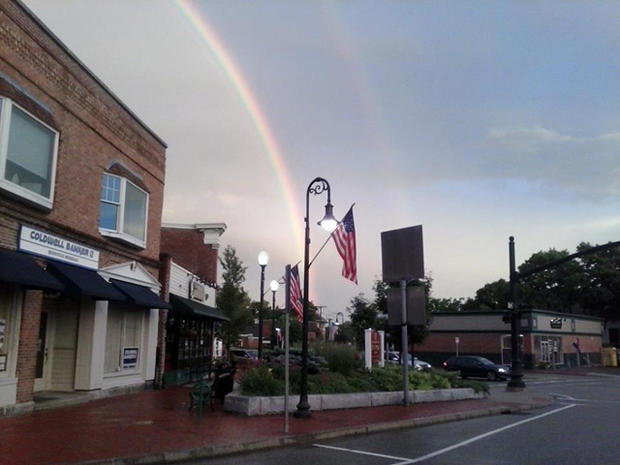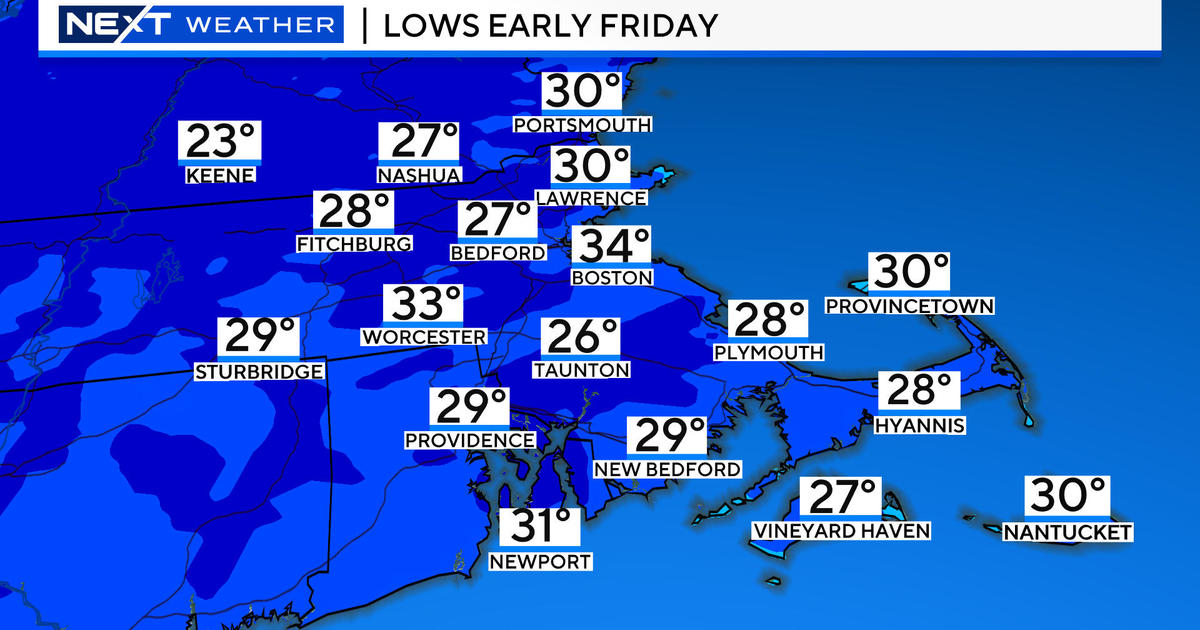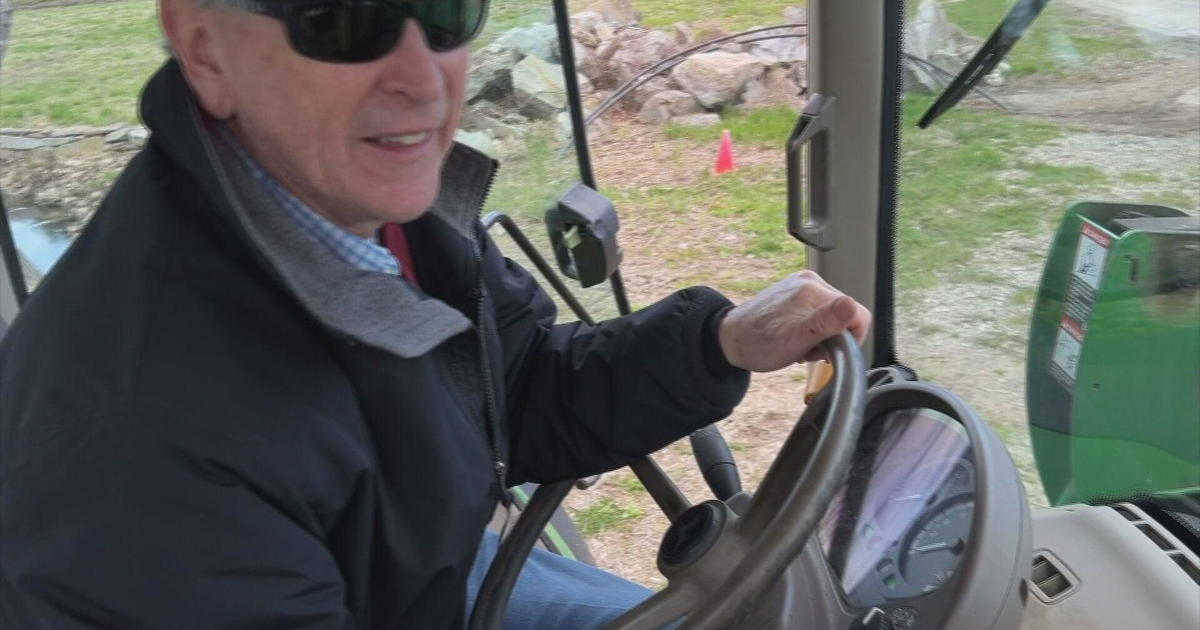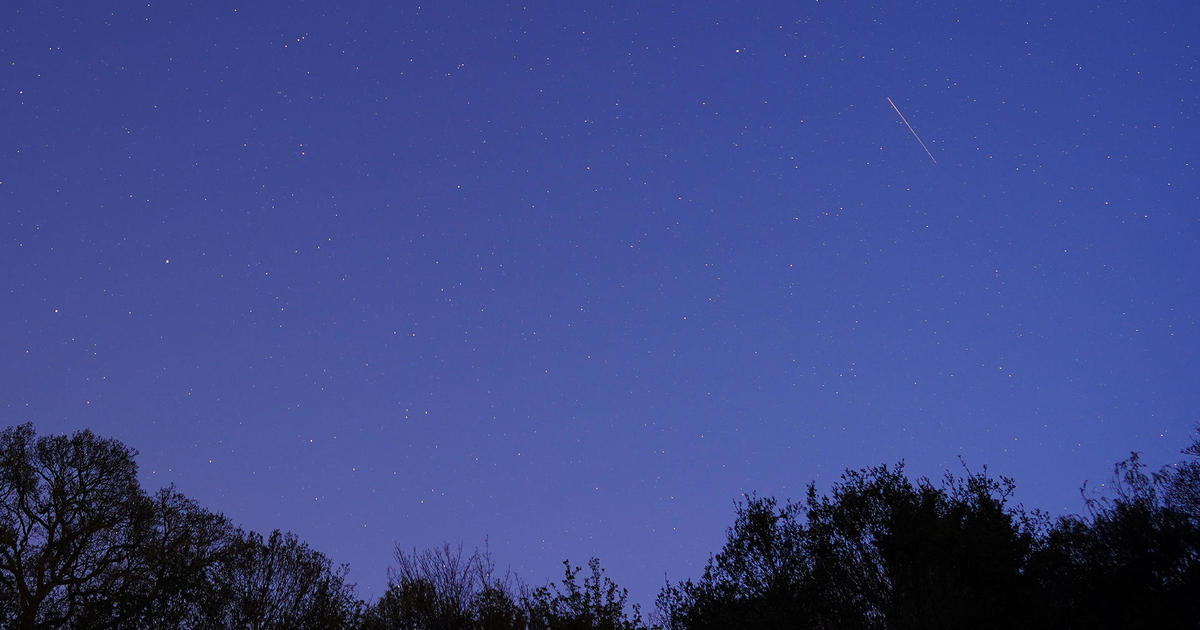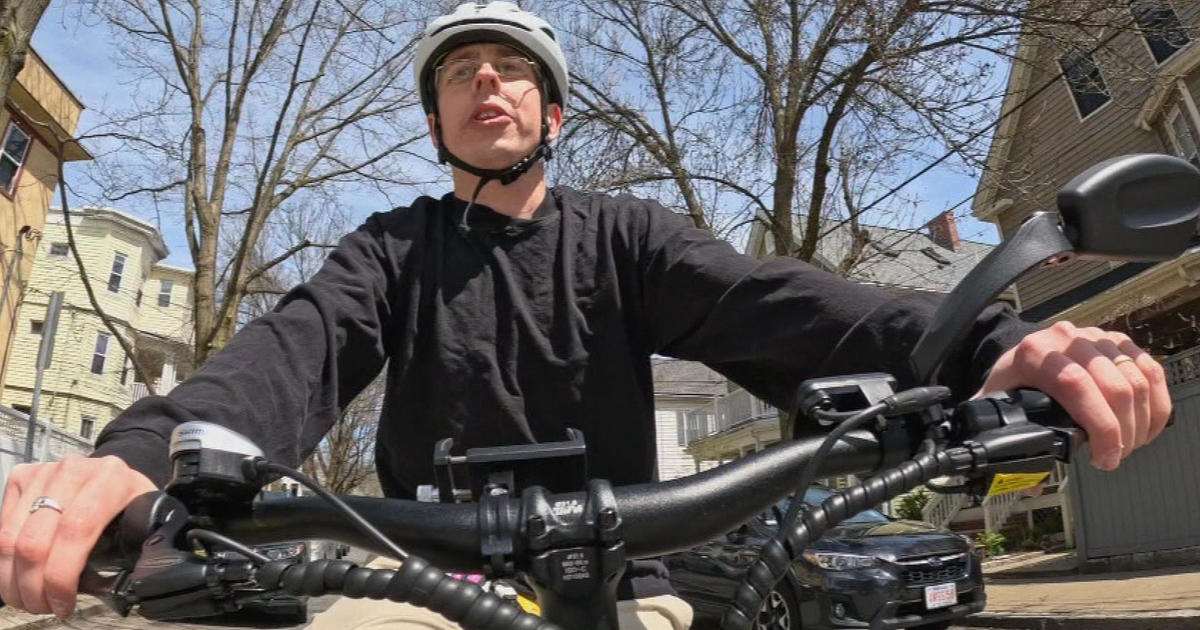Ask Eric: Is There Such A Thing As A 'Snowbow'?
Hi Eric! We've been kicking this around the office but can't find anything definitive online so I'm asking an expert. It's been snowing all morning here in Worcester and now the sun is peeking through. Is there such a thing as a snowbow?? - Christine Desrosiers
Hey there Christine - few things get as much attention in the weather department as a rainbow! Whenever one happens to grace a baseball stadium, the beach, or a city skyline - the internet lights up with photos and videos. People often see them as good omens and they often come around sunset; the perfect ending to perhaps a summer day. But sadly, snowflakes can not give us the same show that raindrops can.
What's the deal? Well first we have to understand how a rainbow forms. As I'm sure you've noticed, it's often during or after a rain shower. You may also have noticed that the sun is always at your back when you spot one. There may be a couple things that you haven't noticed before - like that double rainbows are mirror images (the colors will always be reversed between the top rainbow and the bottom). And the more rainbows there are, the dimmer each one progressively gets (primary is brightest, secondary a little faded, tertiary very faint and rare).

The rainbow gets started because visible light from the sun strikes numerous small water droplets in the air, and that light gets refracted (bent) inside the droplets. Now visible light isn't 'clear' per se, it's made up of the entire spectrum of colors. During normal conditions, that light is scattered out. In our atmosphere, the blue wavelengths are scattered nicely during the day and voila - a blue sky is our prize! The job of the water droplet is to act as a tiny prism for this stream of visible spectrum light. Add in a few million of its friends, and you have many prisms at work bending light and separating out its wavelengths at slightly different angles. The 'red' light is scattered out at the steepest angle relative to the ground, and therefore appears on the top of the primary rainbow. And down we go until ROYGBIV is all displayed before us.
Now we only get to see half of the rainbow, but indeed there is usually an entire circular one there. One problem - the ground is in the way. So we get the semi-circle we're all familiar with. But if you were, say, in an airplane - you may spot the full circle. We call these 'glories.' I always pick the window seat and keep an eye out for these guys. A little treat in the air if you end up catching one.
You can also get 'moonbows' in the right conditions - rainbows produced by moonlight (which is actually of course sunlight). Waterfalls are a good place to spot these and Yellowstone National Park is famous for it. Fogbows are also lurking around out there. These are a little more rare - the light source has to be very low and behind you, plus the fog has to be just the right consistency. Too much or too little of it and you won't get one. They're also more faint than rainbows, sometimes appearing as an eerie white.
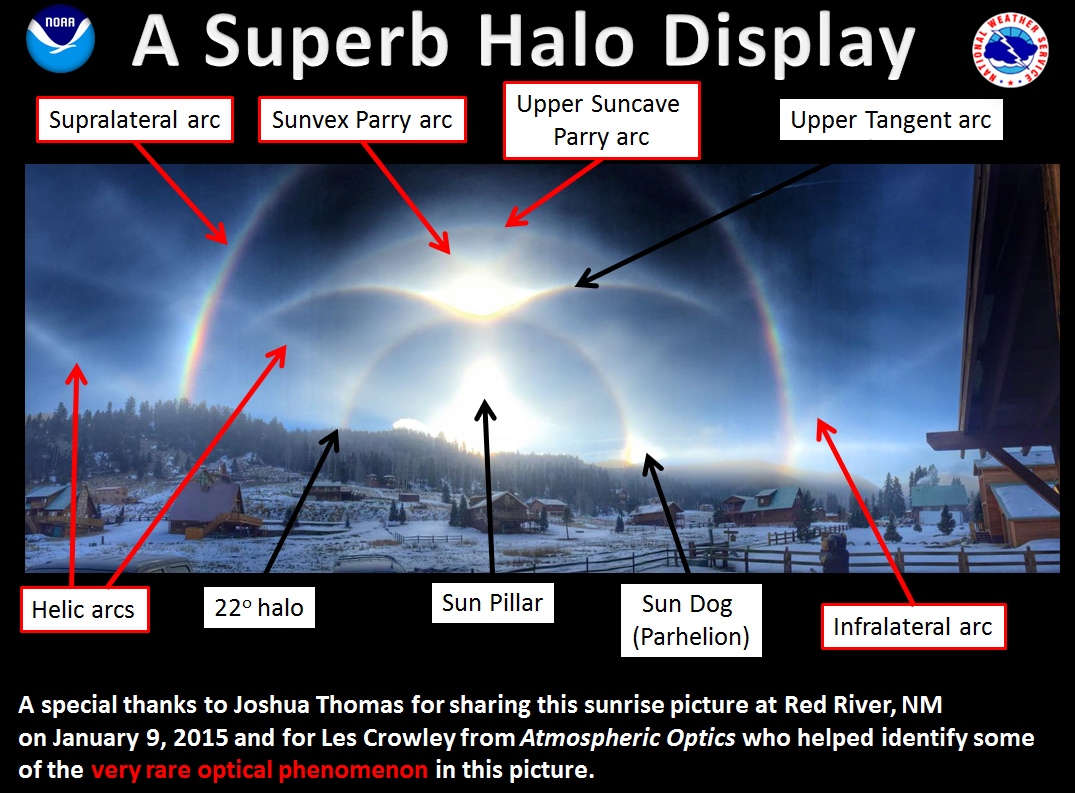
But alas, the snowflake cannot provide for us. While ice crystals can put on a great show (such as with sundogs, halos, and a variety of arcs), snowflakes are just too big and clumsy. With all the beautiful phenomena above, you've got a water droplet or simple ice crystal. Snowflakes are often aggregates - a collection of multiple snowflakes and dendrites all mushed together during their flight on down. Light refracts off of these in a more haphazard way, and so the wavelengths are not scattered out in an orderly fashion. So you're best shot at having ice producing some 'rainbow' colors for you is from cirrus clouds - the thin veils that spread out tens of thousands of feet up above us and warn us of changing weather ahead.
